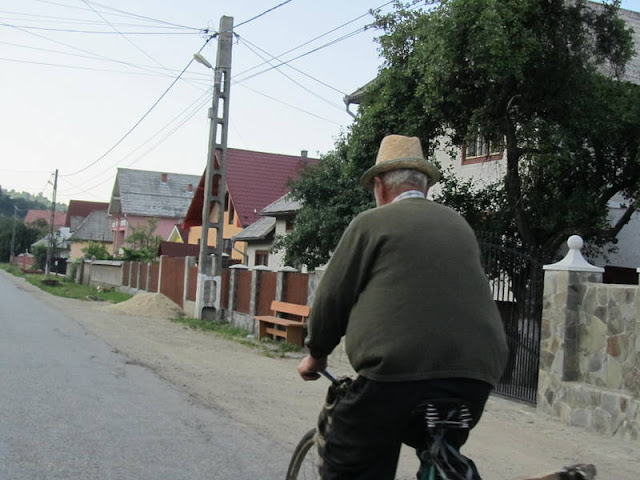The air is cooler than I was expecting. I’m glad I brought my sweater and wish I had worn long pants. The sky is gray. A mist of precipitation envelopes me. To think it is only mid-August. Then again, I reason, it is still early in the day.
Standing on the sidewalk, the guide of our small 13 person group tells us we have 10 minutes to use the bathroom. We will all meet back where we are. With a three-hour tour ahead of me, unsure of the next opportunity of a bathroom break, I start walking.
The grass to my side is bright green, the only sign of happiness as far as my eyes can see. I quickly look back and make a mental count of the white vans in the parking lot. Three. The one I stepped out of being the last.
Focusing again on my destination I continue towards the entrance of the red brick bunker-turned-museum on my right. I weave through small groups of people clustered along the path. Not one of them is speaking. They only wait with arms crossed or hands rubbing together to warm them from the chill.
Weeping Willows stand solemnly across from the museum entrance doors. Their vine-like branches encircle large black photographs of the compound, placed near each tree’s trunk, thus protecting the photos the only way they know how.
Nearing the building, now able to focus on the individual instead of the whole, it is easy to see carved initials gracing each and every brick on the wall. A sign above the door says ‘Museum Entrance’ in three languages.
I walk through the doorway searching for some indication of a bathroom. Trying not to hit anyone, I weave through the masses. Blurs of movement swish past me. Whispers of unintelligible conversations reach my ears. I spot a sign and turn right, in the direction of the arrow. It leads me down a set of stairs. The basement. Seated at a table where the line begins is a woman. On a sheet of paper in front of her, taped to the table, is written '2 zloty’. She collects the money, returning change if needed. Men file to the right, women to the left before disappearing through a doorway.
Leaving the bathroom I again return to the third white van. No one is there. I look around, searching for a recognizable face. Over the next two minutes our small group reconstitutes itself from every direction. Our guide returns and directs us back to the entrance from which I came. The rush of people is the same as when I first entered.
Our guide walks quickly, past the blue signs hanging overhead. I follow in quick succession, unable to read what the signs were intended to tell me. He turns right, into a small room where we each receive headphones. It is not a self-guided tour, he assures us, the headphones are only to allow us to hear the information better without the need for the guide to shout. At the exit, a lone pillar stands to the side displaying a blue poster. On it is the star of David and the words ‘Jewish Synagogue’.
Outside is a different world. A large gravel path crunches under our feet. Before us over one hundred people are hurdled together in individual groups, slowly walking forward. To our right is a large grassy area which is abruptly cut off by a large, foreboding electric fence. I look up. There isn’t a bird in sight.
Our new guide, female, speaks in a soft, subdued voice and requests we turn the the electronic device to channel 7. I place the headphones over my ears as she begins to provide historical background of the area. I slow down, stopping at times to take pictures. I’ve distanced myself from my group by a few feet, but am still able to hear everything the guide is explaining. I continue walking to catch up with the group and hear crunching sounds from the gravel. The sound is not my own. It appears to be coming from behind. I turn around, but there is no one there. I repeat the action two or three more times, until I reason that it must be the echo of the people walking behind the guide’s microphone. Although, a part of me thinks otherwise.
Catching up with my group, most of the other crowds have dispersed. It is then the words over the entryway, connecting two sides of high voltage electrical fencing, comes to view. It reads: ARBEIT MACHT FREI.











































